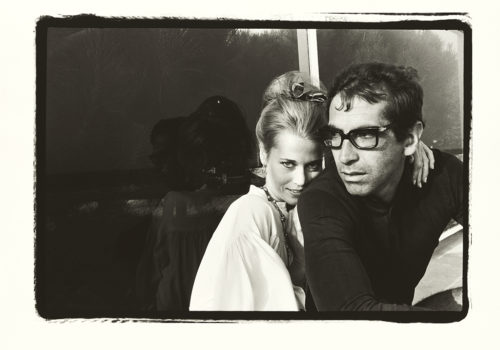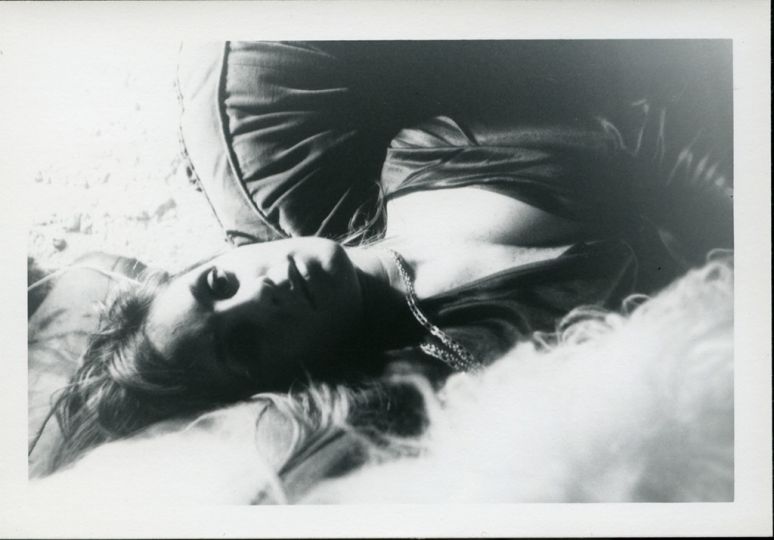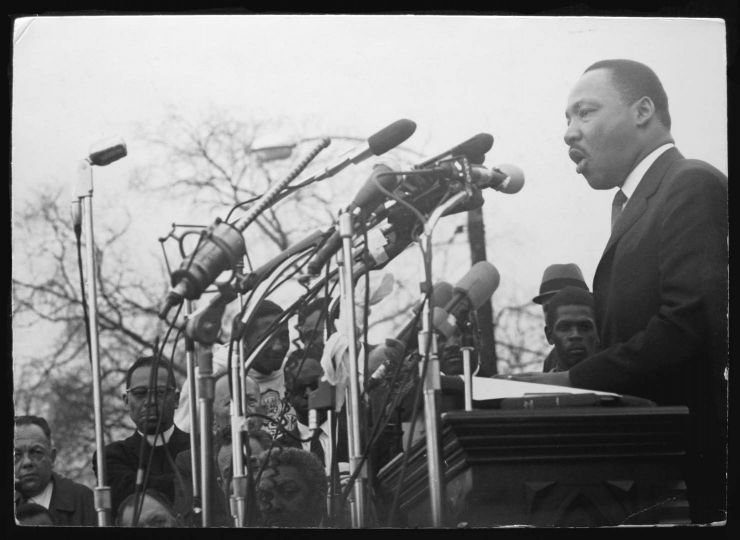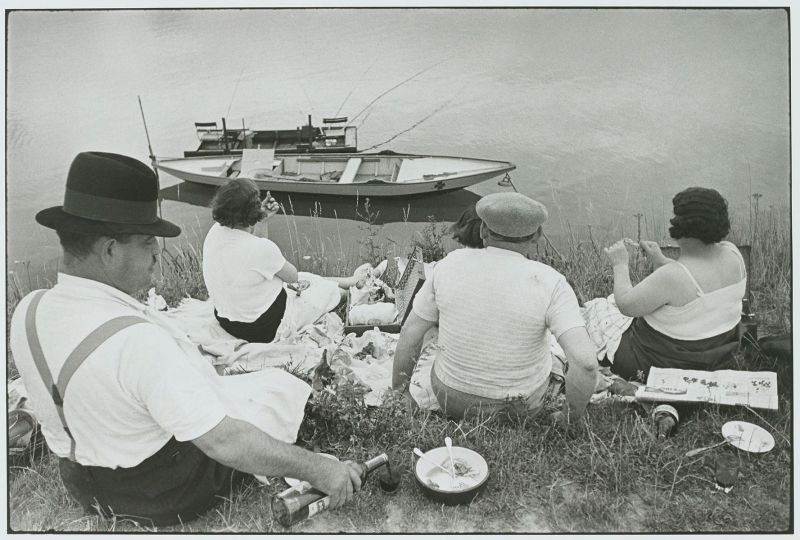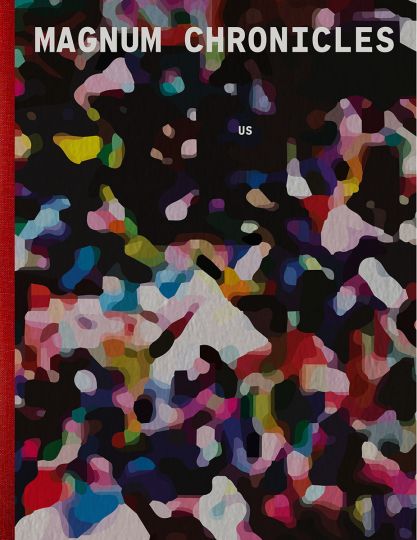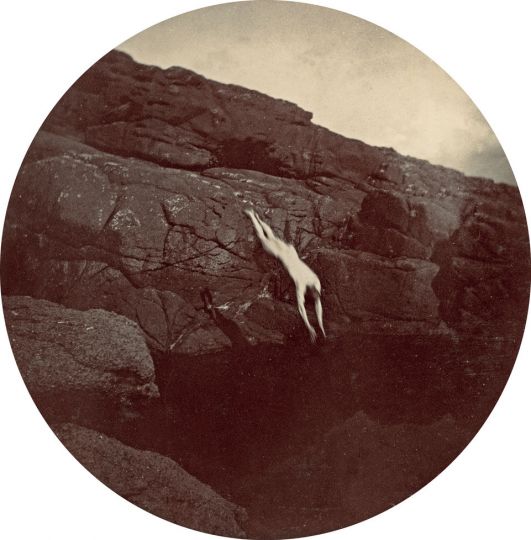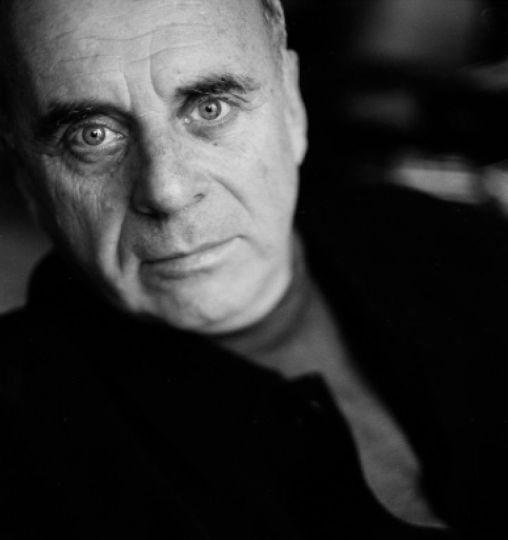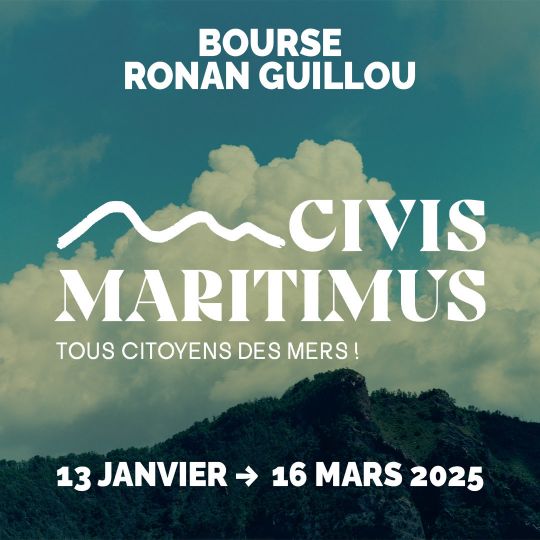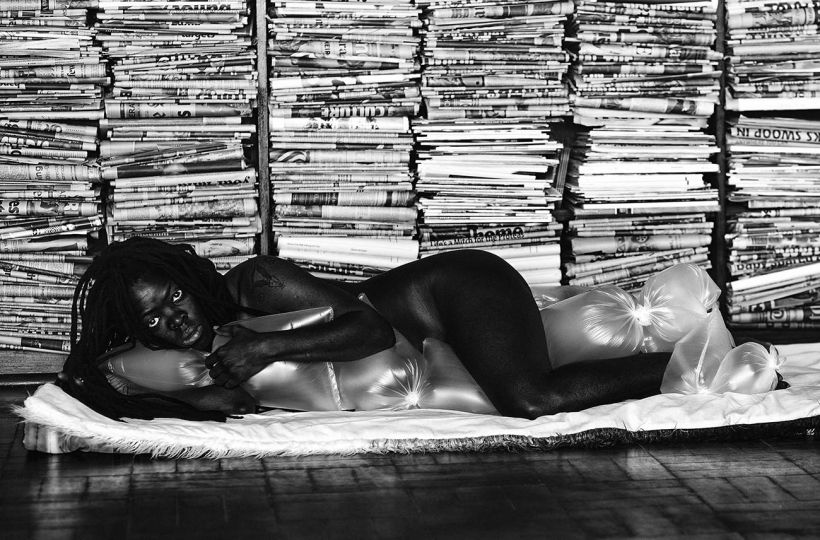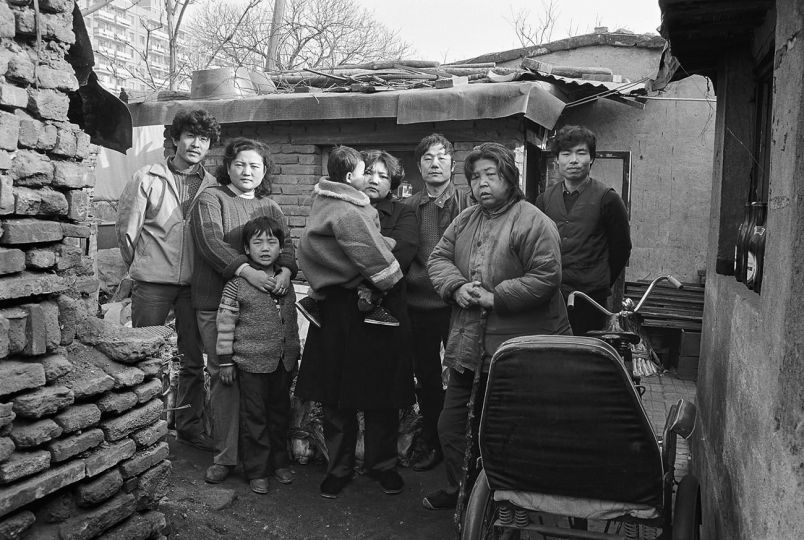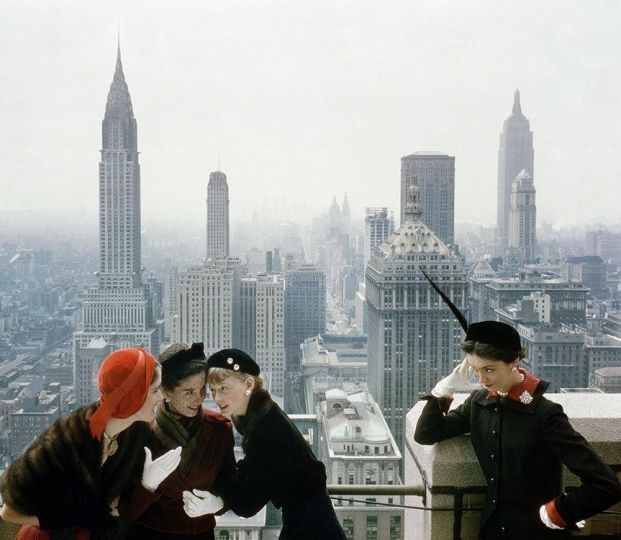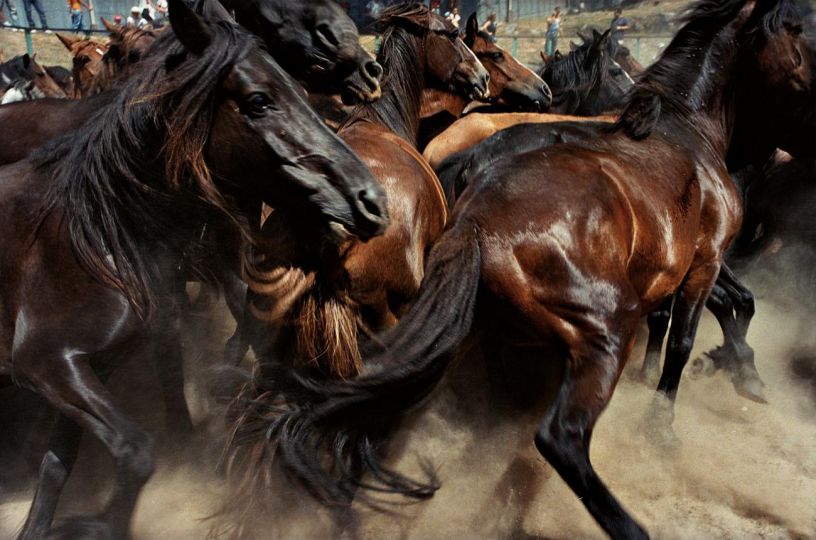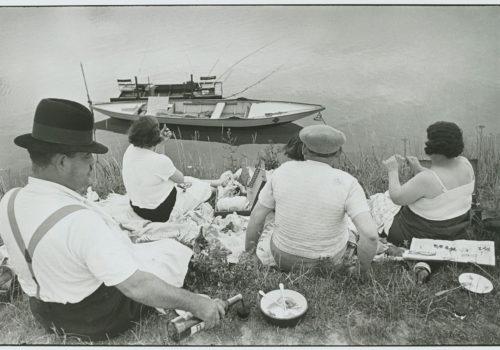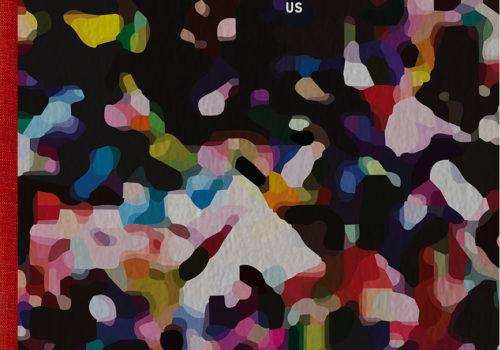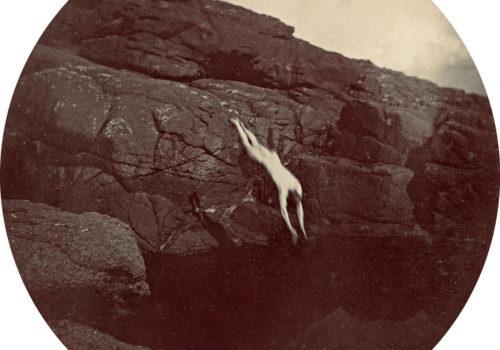We are in the middle of an impressive gallery of portraits: : Paul Newman, Jane Fonda, Robert Rauschenberg, Jasper Johns, Andy Warhol to name but a few. All of them crossed paths with Denis Hopper, icon of the Californian artistic underground. In the centre the sculpture “Bomb Drop”, fully restored , especially for this occasion, that Xaver Von Mentzingen, associate director of the Thaddaeus Ropac gallery and co-curator of the exhibition (with Marcus Rothe) activate. Large-scale replica, with lighting in primary colours, with a second world war bomb release switch which Hopper found in a rubbish heap,and reactivated as a protest against Vietnam. Sequence, shooting starts.
What is the place of photography in Dennis Hopper’s career?
Photography was always present even though he went through several creative phases particularly painting, before the fire that burned down his house in Bel Air. When he started his cinema career, it was James Dean (Rebel without a Cause) who convinced him to explore the medium and his first wife gave him a camera, a state-of-the-art Nikon. It was then that he started a very intense period of photography from 1961 to 1967, where we find his close friends from the artistic milieu that he knew well: actors, musicians, artists, people of power in the art world, performers…a very prolific period. After he produced “Bomb Drop” in 1968 there was a break, then he went through some other phases, he returned to painting and was focussed on that, photography was never far away. But these are the most emblematic photos. So to sum up, we can say that there was primarily Hopper the actor, the director and the photographer (before the painting). “I was taking photographs because I hoped to be able to direct films,” he himself said much later.
What were his creative influences?
He treated photography like painting. We can say that his pictures are composed like paintings with additional motifs. He was influenced by all of the artists that he mixed with and who fascinated him particularly those in his Californian entourage at the time. He also experimented with an irregular black frame in the prints, produced by the photographic emulsion. His black and white photographs are all shot with available light and full frame to “capture the profound truth of his models”.
This chronicle of the 60s has a particular aura. Why is that?
It is like nostalgia for this period. It’s the birth of an artistic scene in a place that didn’t exist before. It’s a sort of dream. We see all these people who have become famous such as Rosenquist or Rauschenberg, which allow us to make a connection with the exhibition in the main building. We are dealing with a legend here and each photograph carries his signature.
Why is the installation about the 1983 performance, comprising two paintings and an experimental film, entitled “Life After On Canvas”?
The idea is a symbol of the break. Break with a life tied to drugs and to excess, and to make a statement about it: “Now I’m going back to painting”. It is a very violent act that he wanted to immortalise in front of witnesses and friends.
How much time have you spent to realize this project?
A little more than six months in close collaboration with the Hopper Trust. A lot of souvenirs and personal documents had been brought together, mostly from the 70s and 80s because there was very little left from the 60s. There was also the need to obtain loans from private collections and the time for the restoration of “Bomb Drop”. in itself 5 months .
Finally, this last little anecdote that opened the film screening this evening: Xaver told how the artist loved to provoke with the phallic side of “Bomb Drop” in front of people in dinner suits assembled at the Pasadena Art Museum, who didn’t know how to react…
EXHIBITION
Dennis Hopper, Icons of the Sixties (photographs, objects, film)
Until January 9th, 2016
Galerie Thaddaeus Ropac
69 Avenue du Général Leclerc
Pantin
France
Curator : Xaver Von Mentzingen and Marcus Rothe
Space Age,
Group Exhibition
Until December 23rd, 2015

